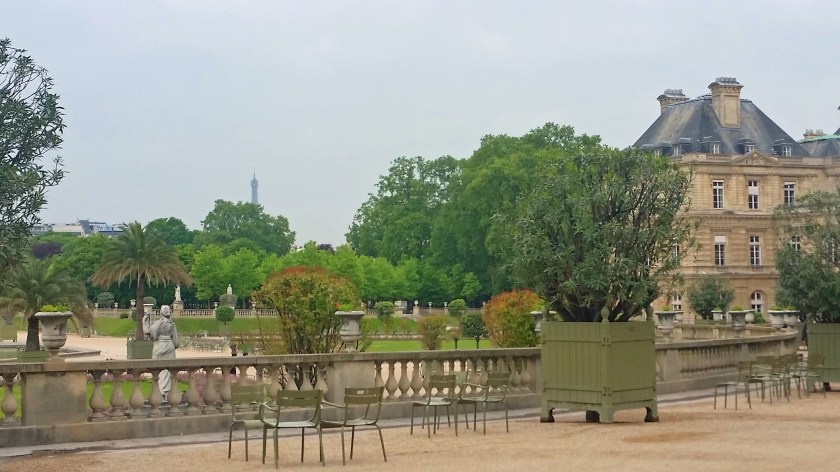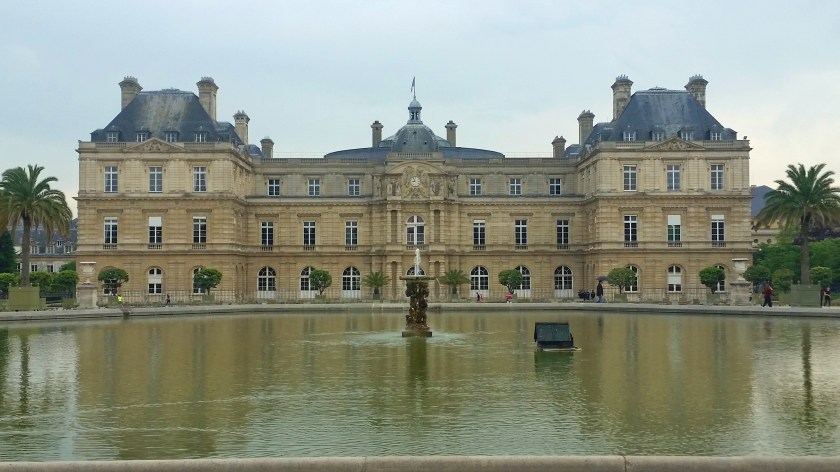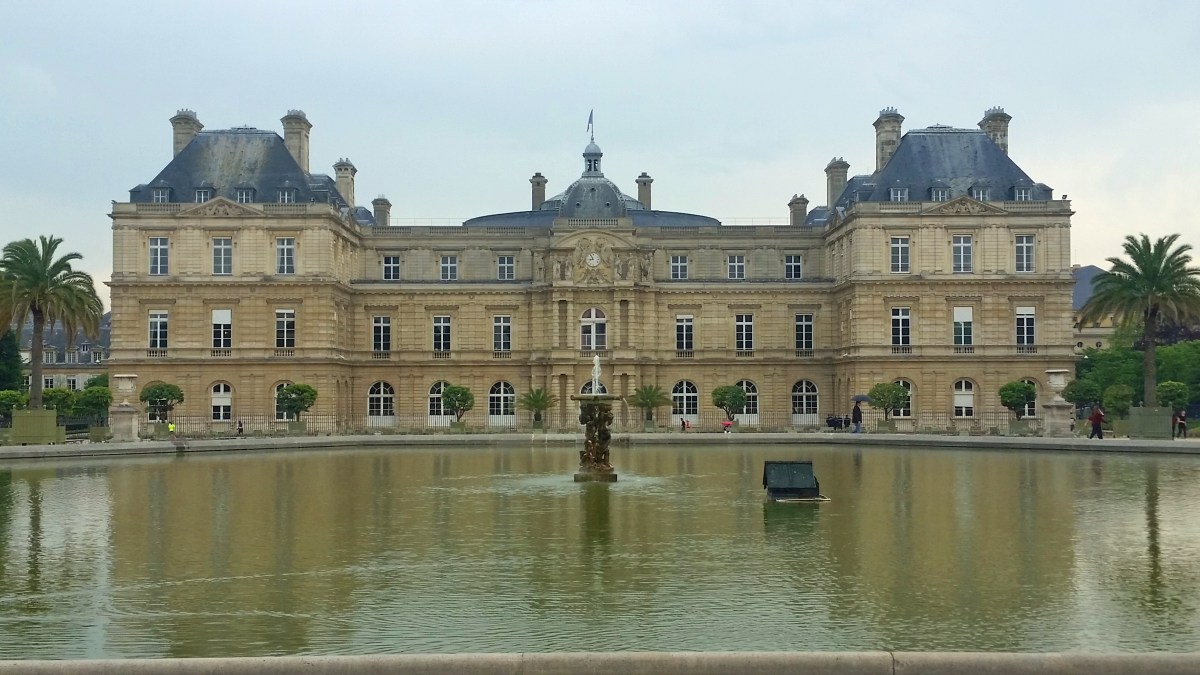 From Rue Cujas to Jardin du Luxembourg
From Rue Cujas to Jardin du Luxembourg
During my first visit to Paris, I experienced the touristy rush of seeing all you can in as short a time as possible. I went into the second visit without any “plan” of what to see. I wanted to wander and see the city not as a theme park, but as a center of global culture. My specialization at university had been literary modernism, so I had a vague sense that I’d like to wander past various artists’ and writers’ homes and hangouts, but I didn’t have a concrete plan. Unlike my tendency to pre-route my walks in London, I wanted to take Paris as it came.
 We stayed in a small, quiet hotel in Rue Cujas, just off from Boulevard Saint-Michel and around the corner from the Sorbonne. It’s a 12-minute walk from the Seine (seriously this hotel is perfectly located and very well priced). Rue Cujas is lined with hotels, libraries, and colleges. However, in the 1920s, a place called Gypsy’s Bar stood on this stretch of road. In his memoir, Being Geniuses Together, Robert McAlmon writes that he and James Joyce made this place their nightly hangout and would drink late into the evening (occasionally well into the morning). Sometimes they’d be joined by Wyndham Lewis, Djuna Barnes, Mina Loy, and more.
We stayed in a small, quiet hotel in Rue Cujas, just off from Boulevard Saint-Michel and around the corner from the Sorbonne. It’s a 12-minute walk from the Seine (seriously this hotel is perfectly located and very well priced). Rue Cujas is lined with hotels, libraries, and colleges. However, in the 1920s, a place called Gypsy’s Bar stood on this stretch of road. In his memoir, Being Geniuses Together, Robert McAlmon writes that he and James Joyce made this place their nightly hangout and would drink late into the evening (occasionally well into the morning). Sometimes they’d be joined by Wyndham Lewis, Djuna Barnes, Mina Loy, and more.

At Boulevard Saint-Michel, take a left. Enjoy this fresh morning air and quiet streets. Head up toward Rue Soufflot, which is named for the man who designed the Panthéon de Paris. Aside: one block farther, on Rue Gay-Lussac, the brasserie Le Cercle Luxembourg is a comfortable and comforting place to dine before heading back for a night’s sleep. Lovely duck confit and fried potatoes).

At Rue Soufflot, shift left to the see the Pantheon over this street, then turn and cross right, over to Place Edmond Rostand. Rostand wrote Cyrano de Bergerac, and The Fantasticks was based on one of his works. There’s a café named for him just where you cross Rue de Médicis to Luxembourg Gardens.
Jardin du Luxembourg was the residence of Queen Marie de’ Medici, daughter of the Duke of Tuscany, widow of France’s King Henry IV, and mother of Louis XIII, for whom she acted as regent until he came of age and ousted her.
Besides a royal residence, the palace has been a museum, a prison, and the seat of the senate. One wing of the palace remains a museum –the Musée du Luxembourg—which was the first museum to feature modern art (much of which now resides in the Musée d’Orsay). In A Moveable Feast, Hemingway wrote of stopping by here to gaze at Cezannes’ work; he was poor at the time and often hungry. He mused if the hunger clarified his–and Cezanne’s–artistic vision.


The palace sits in the center of the garden fronted by a pool. Deck chairs surround the water and, on a terrace overlooking the pool, statues of various French queens and other ladies–including the patron saint of Paris, Sainte Geneviève. The Pantheon was to have been the church of Sainte Geneviève (and to have held her relics); in 1791, revolutionaries repurposed the space as a mausoleum for French citizens instead.
The garden itself is a vast, symmetrical green space with gravel paths leading between trees, statuary, and flowerbeds. Portable chairs scatter across the lawns waiting for people to gather; at this time of morning, joggers are the only company you’ll find.

Passing directly in front of the palace and continuing across the garden, you arrive at Rue Guynemer, named for a World War I flying ace who was killed in action.
Directly across this street, you find Rue de Fleurus, a street central to the development of Western modernism in literature, painting, sculpture, and more.
Next post: Parisian Dérive: Part II (Number 27)
